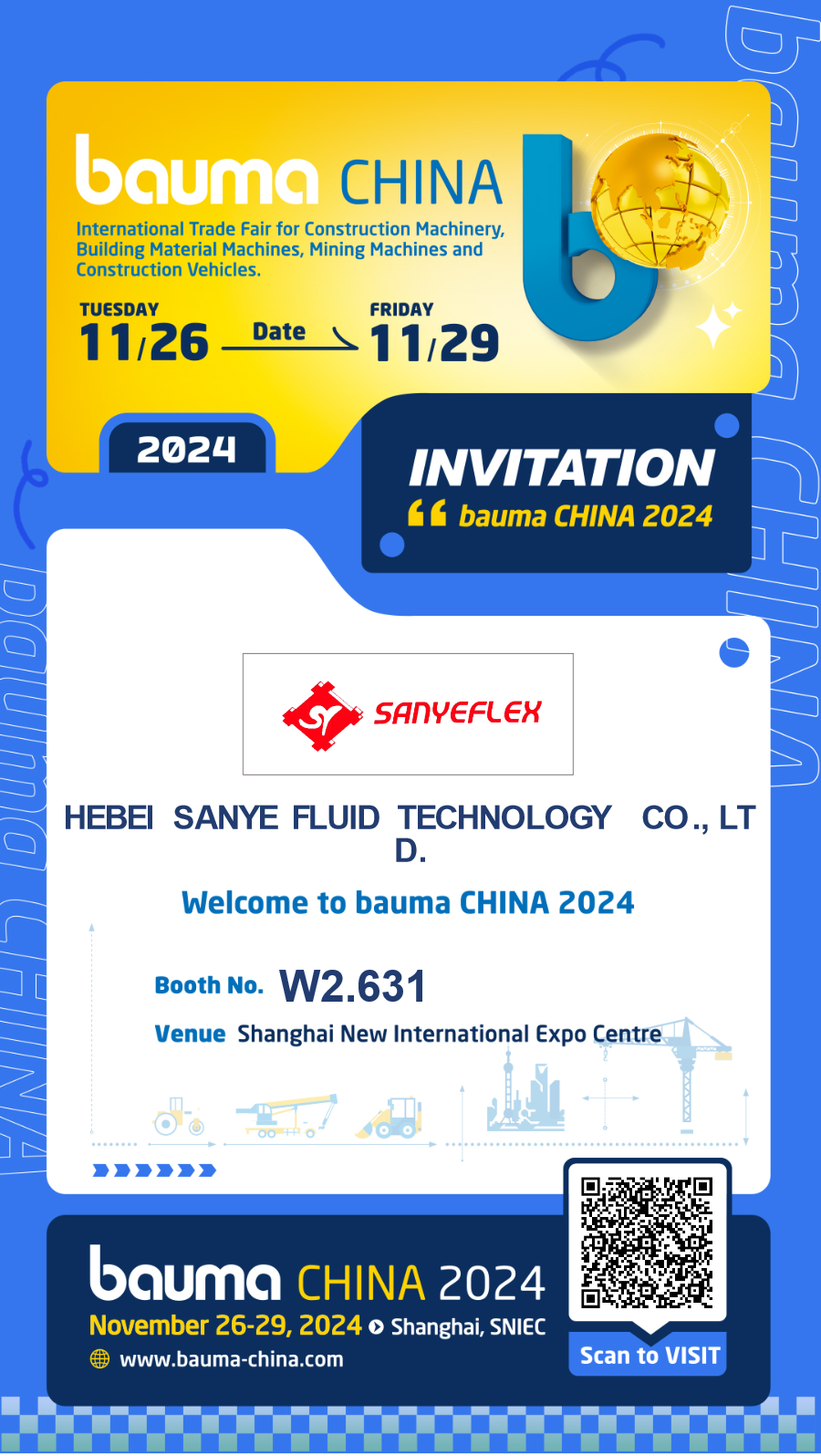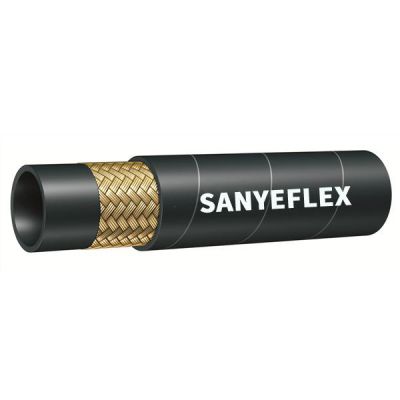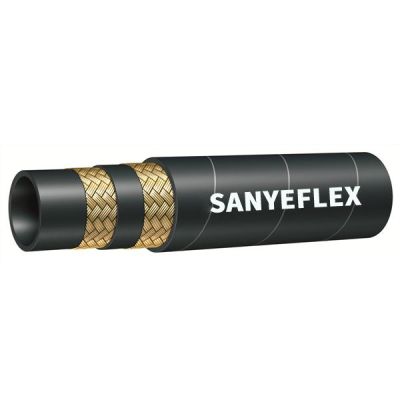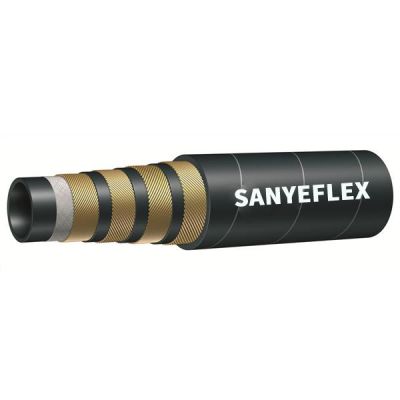Jul. 17, 2024
Steam hoses are essential components in industrial settings, facilitating the transfer of high-temperature steam for various applications such as cleaning, heating, and process operations. Proper usage of steam hoses is crucial to ensure safety, reliability, and efficiency in steam-related processes. Here are some key recommendations for using steam hoses effectively.
Choosing the appropriate steam hose for the intended application is the first step in ensuring safe and efficient operation. Consider factors such as the maximum operating pressure, temperature range, material compatibility, and flexibility when selecting a steam hose. Ensure that the hose meets relevant industry standards and regulations for steam applications to minimize the risk of failure or safety hazards.
Regular inspection of steam hoses is essential to identify any signs of wear, damage, or deterioration that could compromise their integrity or performance. Inspect the hose for cuts, abrasions, bulges, cracks, or leaks, paying close attention to areas near fittings, bends, and connections where stress concentrations are more likely to occur. Replace any damaged or worn hoses immediately to prevent steam leaks or accidents.
Correct installation and handling of steam hoses are critical to prevent kinks, twists, or bends that could restrict steam flow or cause hose failure. Ensure that hoses are installed in a manner that minimizes stress on the hose assembly and provides adequate support to prevent sagging or dragging. Use proper lifting and handling techniques to avoid damage to the hose and fittings during installation, relocation, or maintenance activities.
Properly securing hose connections is essential to prevent steam leaks, which can pose safety hazards and result in energy loss. Use appropriate fittings, couplings, and clamps designed for steam applications, and ensure that connections are tightened securely to prevent leaks. Inspect connections regularly for signs of leakage or loosening and re-tighten as needed to maintain a tight seal.
Monitoring and controlling steam pressure and temperature are crucial for safe and efficient operation of steam hoses. Install pressure and temperature gauges or sensors at strategic points along the steam system to monitor operating conditions and ensure they remain within safe limits. Implement pressure relief devices or safety valves to protect against overpressure conditions and prevent hose failure.
Proper drainage of steam hoses is essential to prevent condensate buildup, which can lead to water hammer, corrosion, and reduced efficiency. Ensure that hoses are installed with a downward slope or equipped with drain valves to facilitate the removal of condensate and prevent water accumulation in the hose assembly. Periodically drain condensate from steam traps, hoses, and other components to maintain optimal steam system performance.
Routine maintenance of steam hoses is essential to prolong their lifespan and ensure reliable performance. Schedule regular inspections, cleaning, and testing of steam hoses according to manufacturer recommendations or industry best practices. Replace worn-out or damaged components, such as fittings, seals, or insulation, to prevent steam leaks and maintain system integrity.
In conclusion, following these recommendations for using steam hoses can help maximize safety, reliability, and efficiency in steam-related processes. By selecting the right hose, inspecting for damage, properly installing and handling hoses, ensuring secure connections, implementing pressure and temperature controls, establishing proper drainage, and conducting regular maintenance, operators can minimize the risk of accidents, leaks, and downtime associated with steam hose usage.
For further information on steam hoses or to explore available options, feel free to contact us. We are dedicated to providing assistance and connecting you with reliable suppliers in the hose industry.
Previous: How Long Are Hydraulic Hoses Good For?
Our Customer
Tel.: +86 400 0318 111
Email: admin@sanyeflex.com
Add.: #218 Zhongke Street, High-tech Zone, Hengshui City, Hebei Province, China



